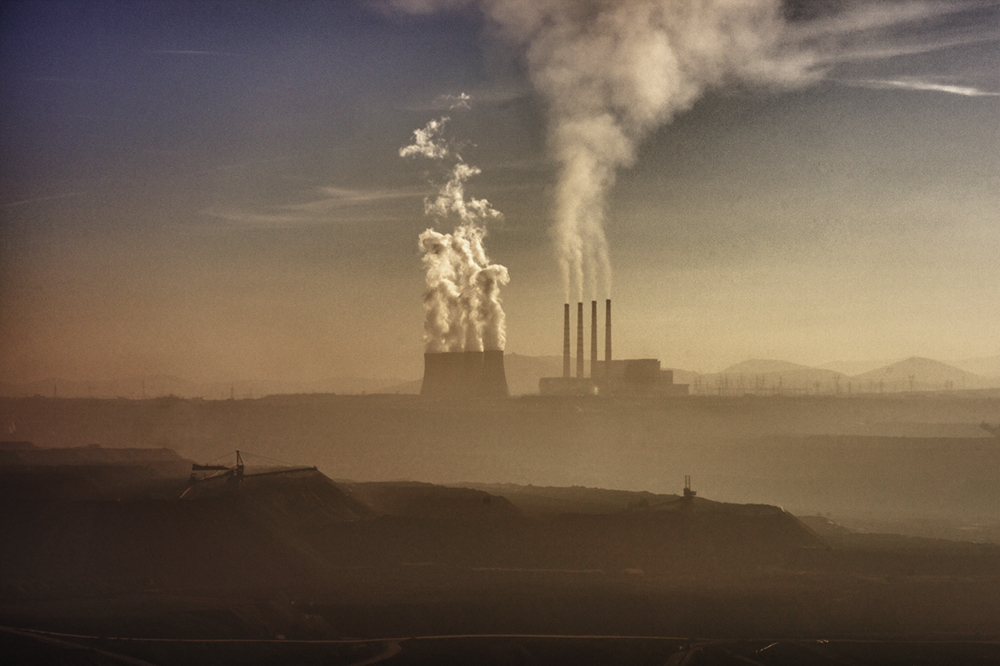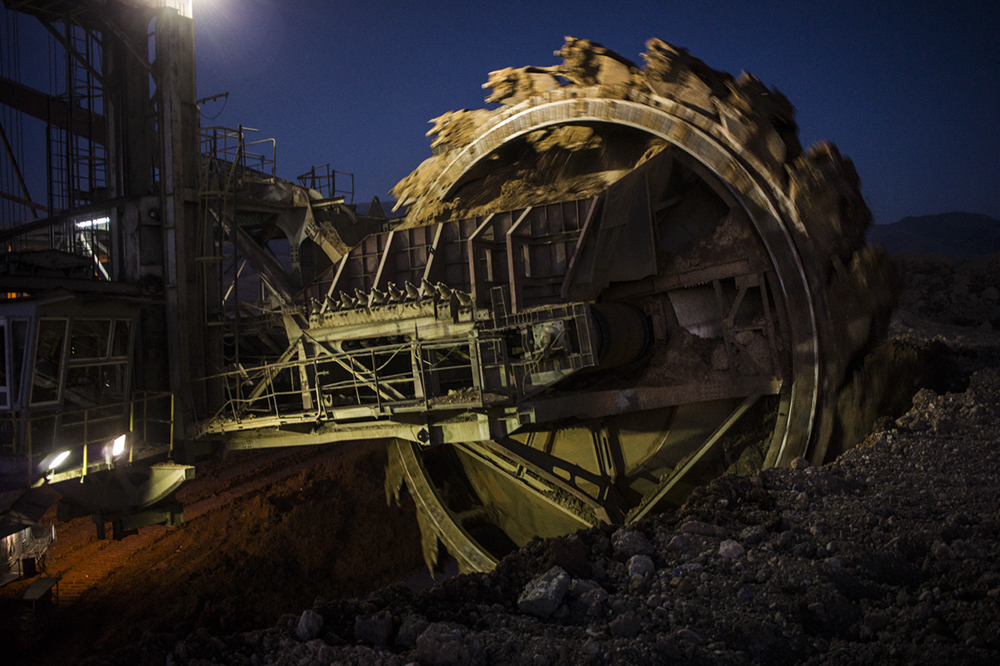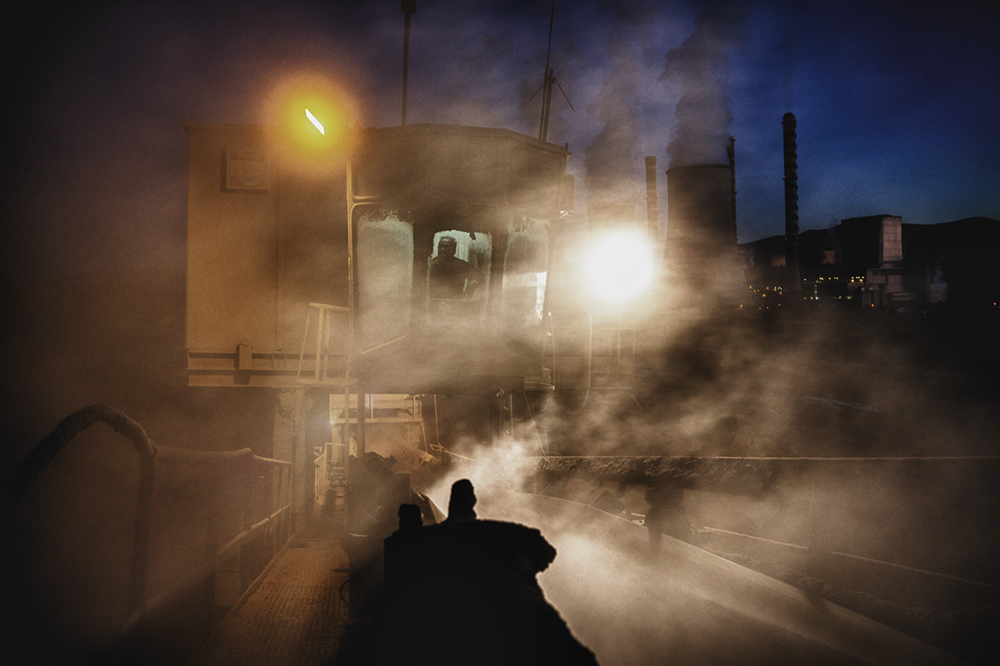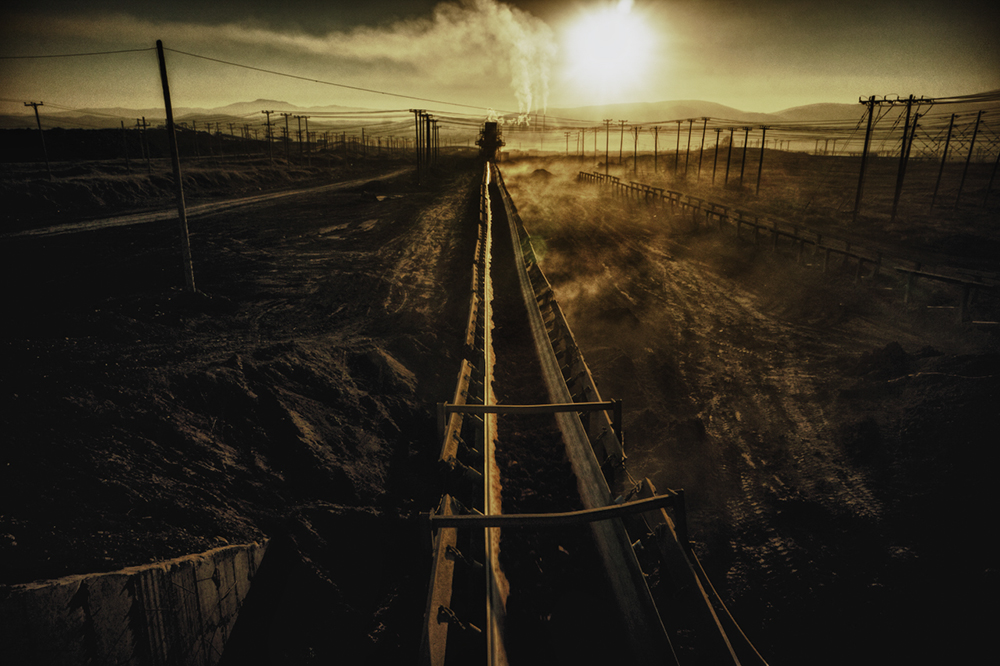Dying For Electricity
Greece has been dependent on brown coal for its electricity for more than 60 years. Where there were once plowed fields and cattle grazing, vibrant villages with schools and churches, there is now the biggest open-pit lignite mine in the Balkans. The land has been flattened and filled with more than a thousand trucks and a 225-kilometer conveyor belt transferring brown coal 24/7, 365 days a year, to the nearby power plants, making the region of western Macedonia in the northwest of Greece the "energy heart" of the country. Today, western Macedonia has eight power plants that generate nearly 56 percent of the country's electricity and four mines that cover 150,000 acres. In the past, Greece would cover 90 percent of its electricity needs by lignite combustion but today, that amount has fallen to 50 percent after the introduction of renewable energy, which now covers 20 percent of the country's electricity needs. Greece started its industrialization much later than northern Europe and the United States – in the 1950s – and supported it with lignite which was local, cheap and abundant. Hundreds of textile and lubricant factories were created and the stream of Greek men immigrating to Germany and other countries in Europe came to a halt. Electricity consumption continually increased until 2008, when the financial crisis began. Still today, many in Greece believe in order to emerge from the economic straits plaguing the country, is cheap energy and energy autonomy while they remain hostile to renewables saying green energy is too expensive. People think that the PPC is just the counter where they pay their bill, but not everyone is doing the same job though. Miners have the toughest job in the country and their life expectancy is 10 years smaller than the average.
Nikos Pilos is an award-winning photojournalist and one of Europe’s noted feature photographers. He has traveled extensively to document war, natural disasters, poverty, socioeconomic struggle and cultural shifts. His work regularly appears in leading international newspapers and magazines and has been exhibited throughout Europe and U.S.Since his first assignment in Lebanon in 1988, he has covered almost all the major historical events at Balkans, Middle East, Maghreb and Eastern Europe. The last two years he is dedicated into the realization of the cross media interactive platform THE REFUGE




